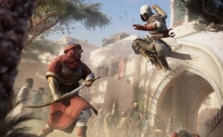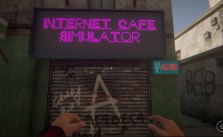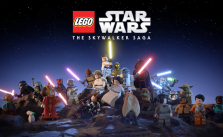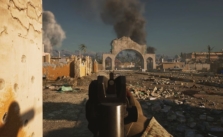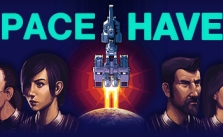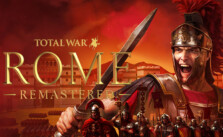Total Conflict: Resistance Beginner’s Guide – Tips and Tricks for New Players
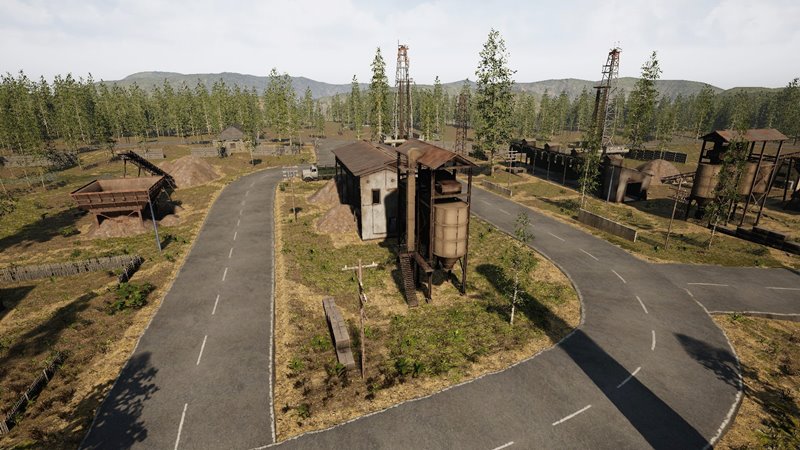
The heyday of strategy games might be behind us, as the newer generation leans more towards shooters, survival games, and MMOs. Perhaps our fast-paced world leaves less time for gamers to ponder; they prefer unwinding with simpler games that require less brainpower. Nevertheless, there’s a glimmer of hope for the genre with the arrival of Total Conflict: Resistance, which delivers a distinctive fusion of tactical strategy and FPS gameplay. Set in the fictional land of Cambridia, you’ll navigate a civil war and guide your forces to triumph. Our guide equips you with all the essential expertise to excel in this enthralling adventure and restore Cambridia’s former glory.
Core Game Mechanics and Modes
First-Person Mode: Oversee your squads and execute various team operations. Issue commands at multiple levels, enabling control over individual soldiers, squads, or entire units.
Tactical Mode: Offers a bird’s-eye view of the battlefield, allowing you to direct your squads. Units can fire, maneuver, and utilize weapons in various ways.
Strategic Mode: Displays a comprehensive map of Cambridia, split into provinces. Dive into foreign and domestic policies, economics, industry, diplomacy, and more. Political events, decisions, and research will shape your nation, which may encompass multiple countries, religions, and political factions.
Production: At the beginning of the game, you have several factories where you can produce weapons, armored vehicles, uniforms, ammunition, and more. Each factory has a “production efficiency” rating, which increases the longer a specific production continues. Efficiency directly impacts production speed. Completed products are stored in the location where the factory is situated. You can send finished products to any of your settlements (using the logistics system and trucks).
Logistics and Troop Mobility: To transfer production from a factory to another settlement, left-click on the product in the resource view window. The Convoy Creation window will appear. When a certain percentage of battalion personnel is reached in armored vehicles and other vehicles, the movement speed on the global map increases.
Research: Access a vast array of research. Each research unlocks new production options in your factories. You can only research one study at a time. Some research (e.g., “Uniform,” some types of small arms) grants access to the appearance/editors of bulletproof vests, helmets, sights/silencers, etc.
Gear and Customization
Small Arms: Choose from about fifty types of rifles, pistols, machine guns, and rocket launchers. Modify weapons using the small arms editor to customize stocks, grips, magazines, sights, suppressors, and more.
Vehicles: Operate and customize civilian cars, armored cars, APCs, tanks, self-propelled artillery, and more. Control equipment from first- or third-person perspectives.
Soldier Customization: Select from an extensive range of uniforms, camouflage, body armor, helmets, and gas masks for your troops. Create templates for regular or special forces.
Creating New Battalions
When the battalion is in a settlement, you can create/delete squads, replenish manpower, and acquire fuel and provisions.
To create a new battalion, you need to:
- Have free reservists (Manpower) in the settlement.
- Have a stock of small arms (soldiers take the best weapons from stock).
- Scopes and/or silencers (soldiers equip scopes and other attachments from a template created in the weapon editor). Ammunition (ensure there is always a stock of different cartridges available). Rocket launchers (crucial for infantry combat against armored vehicles).
- Uniforms: Helmets and body armor provide protection (use Uniform Editor, with over 9000+ variations).
- Armored vehicles (when creating a squad, it automatically selects the best armored vehicles).
- The maximum number of squads in each battalion or garrison is 30.
The Global Map
Basics: The Global Map serves as the center for all global strategic actions, including troop movements, economic management, and political decisions. The main interface contains several buttons for accessing menus such as diplomacy, trade, research, production, construction, and more.
Managing Battalions: On the Global Map, manage your battalions by relocating them, engaging in combat, and upgrading their levels. Higher-level battalions offer improved shooting accuracy and soldier morale.
Populated Areas: The Global Map includes populated areas like cities, towns, and villages, which are crucial for resource gathering, morale management, and soldier recruitment. Controlling these areas expands your influence and strengthens your position in the war.
Economy, Politics, Research, Production, and Construction
Total Conflict: Resistance features a system for managing your country’s economy, politics, research, production, and construction. Trading with neighboring countries requires establishing trade agreements, while political relations are influenced by factors such as non-aggression pacts and alliances. Research new weapons, vehicles, and ammunition to enhance military capabilities, and focus on resource management and infrastructure development in production and construction.
Combat Mode Interface: In Combat Mode, the interface displays the number of soldiers in your and the enemy’s battalions, information about your character’s ammunition and health, as well as the units in your battalion.
Squad Management: Control squads by selecting them with the keyboard and issuing commands with the mouse or the Command Wheel menu. Options include switching between squad members, directing artillery fire, and automating artillery shelling.
Features: Battalion levels impact your soldiers’ performance in combat. Higher-level battalions exhibit better shooting accuracy and morale, affecting the outcome of battles.
Tactical Mode Squad Management: In Tactical Mode, you can select troops by holding down the left mouse button and issuing orders for movement and artillery targeting. This aerial view allows for enhanced control and coordination during combat situations.
Tips and Strategies
- Concentrate on upgrading your battalions to boost their combat capabilities.
- Establish strong diplomatic ties with neighboring countries to broaden your trade opportunities.
- Invest in research to gain access to advanced weapons and vehicles.
- Maintain a balance in resource management to ensure a well-equipped and well-supplied army.
- Utilize air strikes, plan airborne operations, and conduct reconnaissance missions to gain an advantage on the battlefield.
- Learn to effectively use Tactical Mode for improved control during combat situations.
- Prioritize capturing and controlling populated areas for resource and recruitment benefits.


